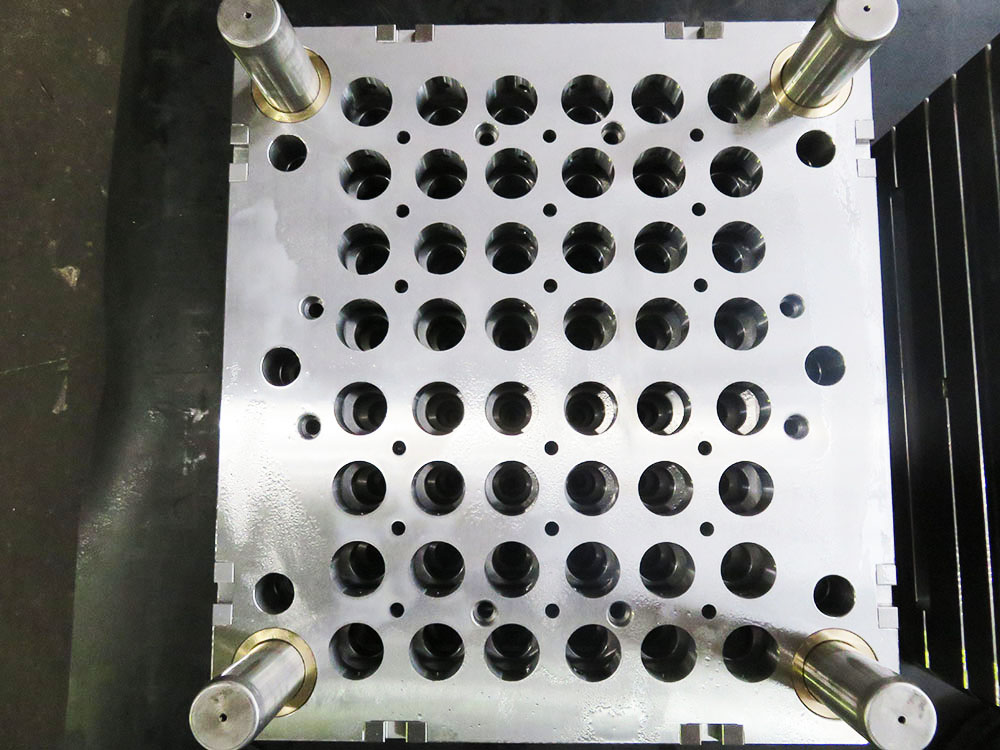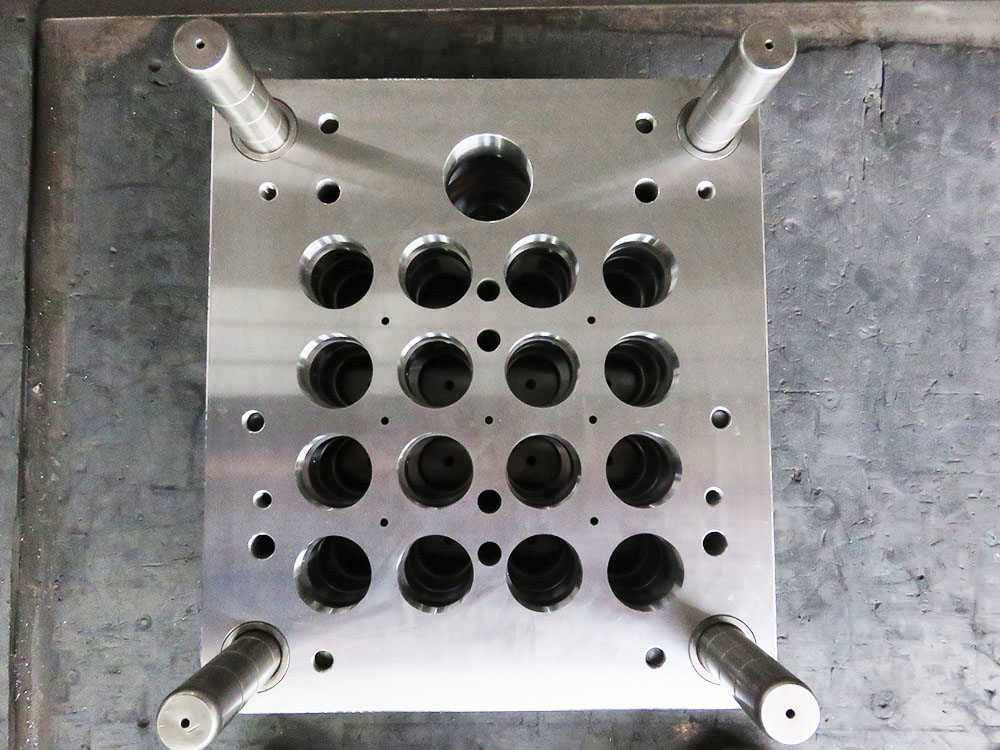A Promising Outlook for the Mold Base Industry: Crafting an Inspiring Future
The mold base industry plays an integral role in the manufacturing and construction sectors, providing the foundation for the production of various molded products. As technology continues to advance and industries evolve, the future of the mold base industry appears immensely promising. In this article, we will explore the reasons behind the positive outlook for this sector, and how it is poised to shape an inspiring future.
1. Advancements in Technology and Automation
One of the primary drivers behind the promising outlook for the mold base industry is the rapid advancements in technology and automation. Industry 4.0, characterized by the integration of cyber-physical systems, has revolutionized the manufacturing landscape. With the implementation of advanced software, artificial intelligence, and robotics, the mold base industry has witnessed increased precision, efficiency, and productivity.
Automation has not only improved the speed and accuracy of mold base production but has also enhanced safety standards. Advanced robotics ensure that hazardous tasks are handled without human involvement, reducing the risk of accidents and injuries. This shift towards automation has resulted in reduced operating costs for manufacturers and has paved the way for increased profitability and growth within the industry.
2. Growing Demand for Customization
As consumers become more discerning and industries become more competitive, the demand for customization has surged. This trend is particularly prevalent in sectors such as automotive, aerospace, and consumer goods. With the ability to create molds tailored to specific requirements, the mold base industry has the potential to capitalize on this growing demand.
The future of the mold base industry lies in the development of innovative solutions that can accommodate intricate designs and complex geometries. Advancements in 3D printing technology, for instance, have enabled the production of highly customized molds with ease and efficiency. This flexibility in design possibilities positions the mold base industry as a key player in meeting the evolving needs of various sectors.
3. Sustainability and Environmental Considerations
The worldwide push towards sustainability and environmental conservation has presented an opportunity for the mold base industry to flourish. This industry is uniquely positioned to contribute to a greener future by adopting eco-friendly manufacturing practices.
One of the primary environmental concerns in the manufacturing sector is waste generation. In traditional mold base production methods, a significant amount of material is wasted during the manufacturing process. However, with advancements in materials technology and the adoption of additive manufacturing techniques, the mold base industry can significantly reduce material waste.
Additionally, the adoption of recyclable and biodegradable materials in mold base production further strengthens the sustainability credentials of the industry. This alignment with environmental concerns not only appeals to conscientious consumers but also ensures compliance with increasingly stringent regulations on sustainability.
Conclusion
The mold base industry is poised for a bright future, driven by advancements in technology, growing demand for customization, and increased focus on sustainability. With each passing day, the industry is shaping an inspiring future, contributing to the development of various sectors. By embracing automation, customization, and eco-friendly practices, the mold base industry will continue to thrive and meet the evolving needs of the manufacturing and construction sectors.




